PRODUCTS
CONTACT US
Ningbo Nide International Co., Ltd.
一一
· Contact person:Jack Zeng
· Mob/Whatspp/WeChat:0086-13738869026
· Email:emarketing@nide-group.com;marketing4@nide-group.com
· Add:No. 169, Wohushan Road, Daqi Subdistrict, Beilun District, Ningbo, China

Nide team could manufacture ball bearing as per customer’s drawing and samples.
If customer only has samples, we could also design drawing fo r our customer.
We also provide customized service.
Our ball bearing is widely applied the different industrials.
Ningbo Haishu Nide International is one of the leading bearing manufacturers in China. We are a well-known supplier of high-quality shaft,insulation paper,fan,commutator,carbon brush,thermal protector,ball bearing. Our products are widely used in fields such as fan motor,servo motor,washing machine motor,single and three phase induction motor,electric bicycle motor,air condition motor,water pump motor. We are proud to provide customers with the expected product knowledge, applied professional knowledge, quality control, and consistent reliable service.
We have modern computerized machinery and equipment to produce high-precision bearings. Our company is also equipped with complete chemical and metallurgical laboratories as well as standard room facilities.Nide has offices in India, Brazil, Korea, Turkey, and Argentina, good sales and service net work allow us to access and offer service to customers over the world easily and promptly.
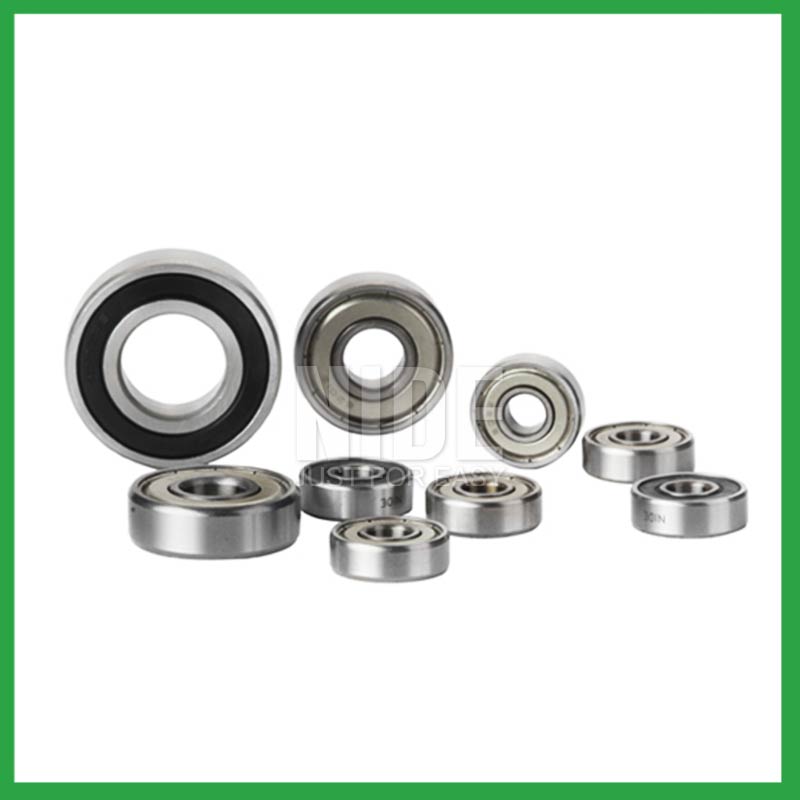
| Parameter | Information |
| Product Name | ball bearing 607 |
| Place of Origin | Ningbo,China |
| Brand Name | Nide |
| Material | ceramics, etc. |
| Type | Ball |
| Warranty | 3months-1year |
| Port | Ningbo/Shanghai |
| Application | automotive engines,chemical equipment, etc. |
| Size(mm) | customize |
| Color | Silver gray+customized |
| Precision Rating | as per customer's requirement |
| Certification | ISO 9001 Certification,CE-stator coil winding inserting machine,ISO9001:2015 certificate,etc |
| Feature | Low Noise,Good wear resistance...etc |
| Packaging Details | Suitable for sea transportation |
| Service | one-stop service |
| Model Number | ball bearing |
| Supply Ability | 100000-500000 Piece/Pieces per Month |
| Lead time (days) | 15-20 (To be negotiated) |
Please note: The above table data is for reference only. For specific information, please contact us.
Bearings with ball bearings as rolling elements mainly include angular contact ball bearings,self-aligning ball bearings,cylindrical roller bearings,thrust ball bearings, etc.
Before use, the model, size, and design of the ball bearing should be confirmed to ensure suitable application;
During installation, the installation load of the ball bearing should be minimized as much as possible to avoid unnecessary damage;
The bearing shaft and the bearing frame should be stable at the same time to avoid excessive tension.
Ball bearings have many advantages, making them highly competitive in the market.
Firstly, they are very durable and have good wear performance, making their service life longer than many other types of bearings.
Secondly, they are easy to install and can provide low friction performance in various applications.
Thirdly, they require a relatively low level of maintenance, making them cost-effective.
In addition, compared to many other types of bearings, their purchase cost is relatively low, making them an economical choice.




ball bearing 607---FAQs Guide
2.As a ball bearing 607 manufacturer,What is your payment method?
3.Can ball bearing 607 be customized with special coatings or treatments to meet specific industry standards or regulatory requirements?
4.How do sealed ball bearing 607 prevent the ingress of contaminants and extend the bearing's service life?
5.Are there hybrid ball bearing 607 that combine steel rings with ceramic balls to optimize performance in demanding applications?
6.What is a ball bearing?
7.What is the production capacity of the factory for ball bearing 607?
8.What is the typical noise level associated with ball bearing 607, and how are noise-reduction techniques applied?
9.Are there ball bearing 607 designed for extreme temperature environments, such as cryogenic or furnace applications?
10.As a ball bearing 607 manufacturer,can you supply samples?
11.Are there miniature ball bearing 607 designed for use in precision instruments and small-scale mechanisms?
12.As a ball bearing 607 manufacturer,Your product certifications?
13.What are the considerations for choosing between open, shielded, or sealed ball bearing 607 in specific applications?
14.What maintenance practices are recommended to extend the lifespan of ball bearing 607 and prevent premature failure?
15.What are the advancements and innovations in ball bearing 607 technology that have emerged in recent years?
16.How do ball bearing 607 provide smooth and controlled motion in various mechanical systems, such as conveyor belts or automobiles?
1.As a ball bearing 607 manufacturer,How Can We Guarantee Quality?
Always a Pre-production Sample Before Mass Production;Always Final Inspection Before Shipment.
2.As a ball bearing 607 manufacturer,What is your payment method?
We accept T/T, PAYPAL or Western Union, credit card or via ALIBABA Assurance order.
3.Can ball bearing 607 be customized with special coatings or treatments to meet specific industry standards or regulatory requirements?
Yes, ball bearing 607 can be customized with special coatings or treatments to meet specific industry standards or regulatory requirements.
1. Corrosion-resistant coatings: These coatings are used to protect the bearings from corrosion caused by exposure to moisture, chemicals, and other corrosive substances.
2. High-temperature coatings: These coatings are used to improve the thermal stability and performance of bearings in high-temperature environments.
3. Food-grade coatings: These coatings are specially designed for applications in the food and beverage industry, where bearings come into contact with food, beverage, or pharmaceutical products.
4. Anti-static and non-conductive coatings: These coatings are used to dissipate static electricity, which can cause damage to electronic components.
5. Specialized lubrication treatments: Bearings can be treated with specialized lubricants that meet specific industry standards or regulatory requirements.
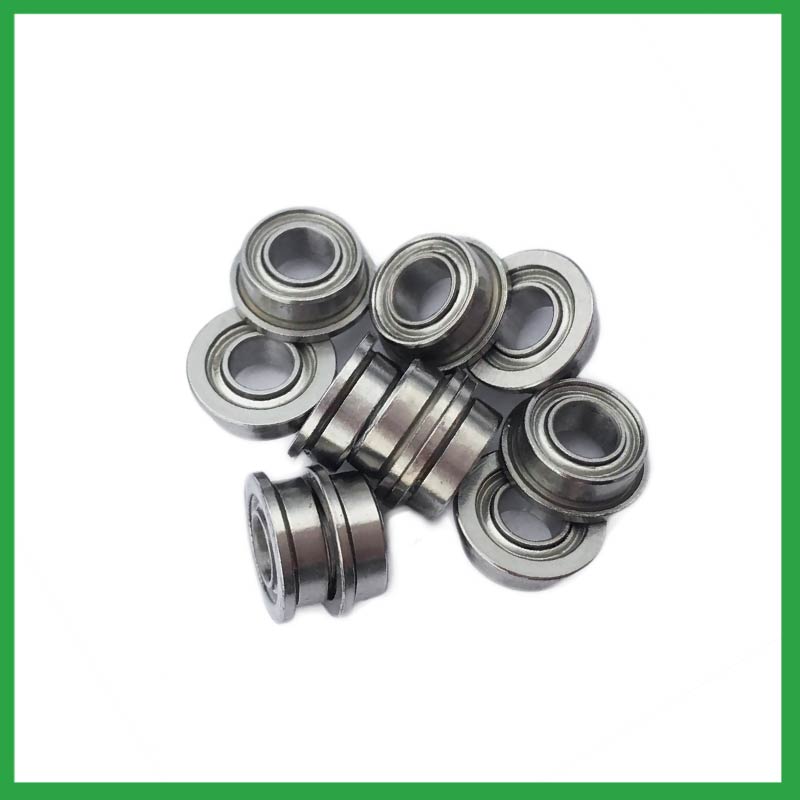
4.How do sealed ball bearing 607 prevent the ingress of contaminants and extend the bearing's service life?
Contact seals are a type of seal where the sealing lip physically touches the inner raceway of the ball bearing 607. They create a narrow line or zone of contact that forms a barrier to prevent the escape of lubricants and the ingress of contaminants. Because the seal keeps dirt and other contaminants out, it can offer a longer operating life of the bearing or prevent premature bearing failure. Sealed bearings can be considered lubricated for life, which eliminates the need for a relubrication process.
5.Are there hybrid ball bearing 607 that combine steel rings with ceramic balls to optimize performance in demanding applications?
Hybrid Ceramic ball bearing 607. Ceramic ball bearings (also known as hybrid bearings) are the one component that'll easily optimize the performance of your application. Hybrid bearings have ceramic (silicon nitride, Si3N4) balls and 52100 bearing steel rings.
6.What is a ball bearing?
A ball bearing is a type of rolling-element bearing that uses balls to maintain the separation between the bearing races.
The purpose of a ball bearing is to reduce rotational friction and support radial and axial loads. It achieves this by using at least two races to contain the balls and transmit the loads through the balls. In most applications, one race is stationary and the other is attached to the rotating assembly (e.g., a hub or shaft). As one of the bearing races rotates it causes the balls to rotate as well. Because the balls are rolling they have a much lower coefficient of friction than if two flat surfaces were sliding against each other.
Ball bearings tend to have lower load capacity for their size than other kinds of rolling-element bearings due to the smaller contact area between the balls and races. However, they can tolerate some misalignment of the inner and outer races.
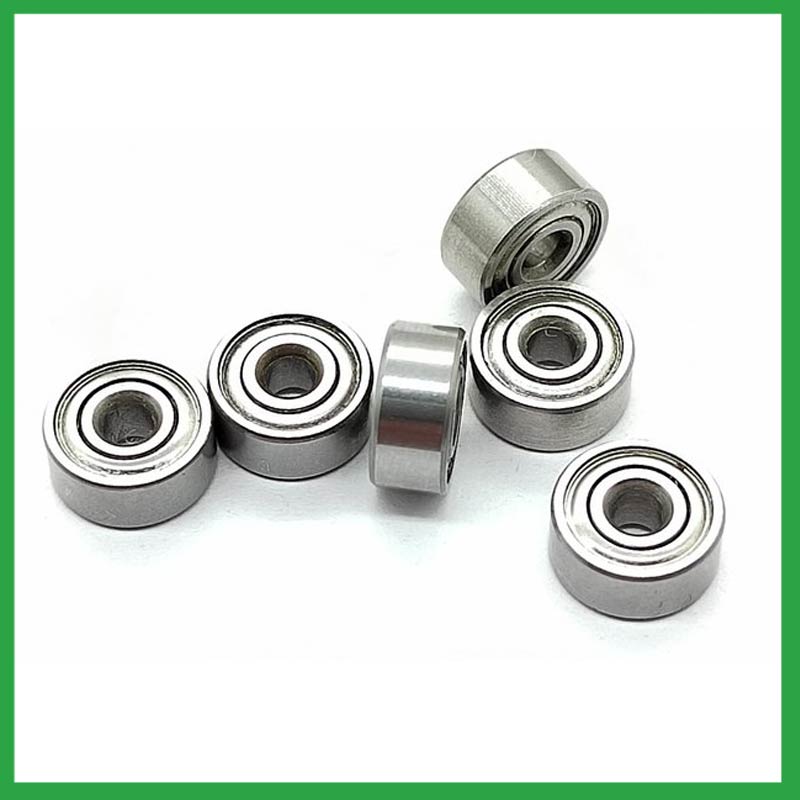
7.What is the production capacity of the factory for ball bearing 607?
The production capacity of Ningbo Haishu Nide International is:50000000pcs/month
8.What is the typical noise level associated with ball bearing 607, and how are noise-reduction techniques applied?
To measure in accurate way the ball bearing 607 noise under rotation during their manufacturing process is a key activity particularly in the production of medium, small and ultra-small deep groove ball bearings. This capability in bearings noise analysis has become the real distinguishing element between a standard bearings noise equipment and a superior class one.
The various types of vibration and sound in rolling bearings can be grouped in four main categories: structural, manufacturing, handling and other. The structural vibration consists mostly of race, click, squeal and cage noise: it can be continuous or intermittent depending on specific cases. The manufacturing vibration is instead related to the waviness noise generated by the geometrical imperfections of inner and outer ring and of rolling elements, being always continuous in nature. The so-called handling vibration is normally associated with flaw and contamination and is generating – in most of the cases – irregular noise. Then there are other types of vibrabition that include noise generated by sealing and lubricant (irregular) or by runout (continuous).
9.Are there ball bearing 607 designed for extreme temperature environments, such as cryogenic or furnace applications?
High temperature ball bearing 607 use specialized lubricants to stand up to high temperatures. Grease-packed bearings are pre-filled with fluorine grease for high temperatures, while YS and SJ bearings use molybdenum disulfide (MoS2) solid lubricant to withstand temperatures up to 350°C and 400°C respectively.
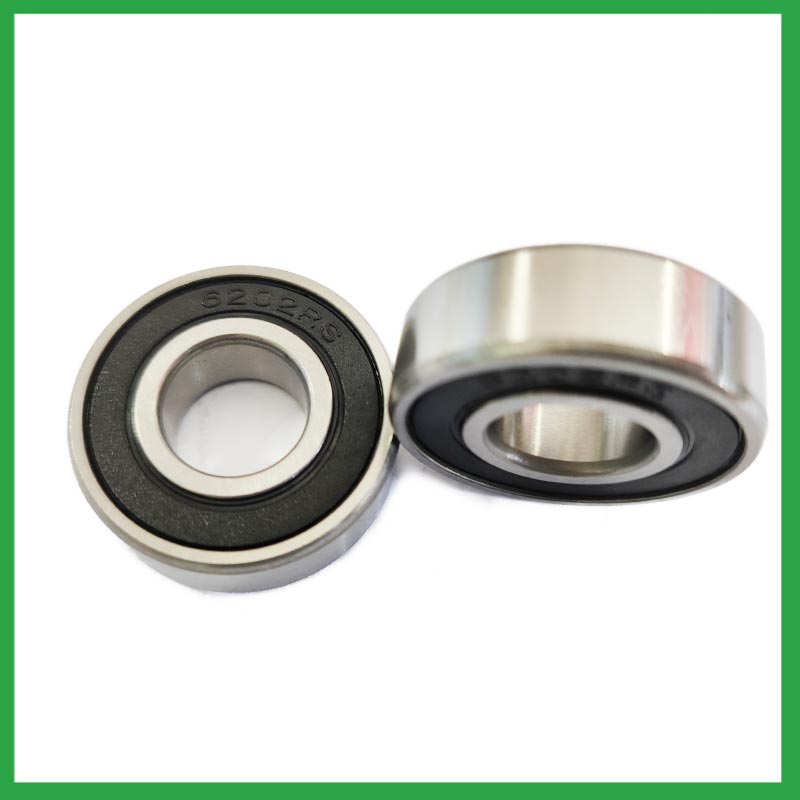
10.As a ball bearing 607 manufacturer,can you supply samples?
Sure, samples can be provided free of charge, and the buyer pay the postage of the sample.
11.Are there miniature ball bearing 607 designed for use in precision instruments and small-scale mechanisms?
Miniature bearings, despite their small size, play a significant role in various industries and applications. These compact powerhouses, typically measuring less than one inch in outer diameter, offer exceptional precision, durability, and reliability. Miniature bearings find extensive use in precision instruments and robotics.
12.As a ball bearing 607 manufacturer,Your product certifications?
ISO9001:2015 certificate,ISO 9001 Certification,CE-stator,etc.
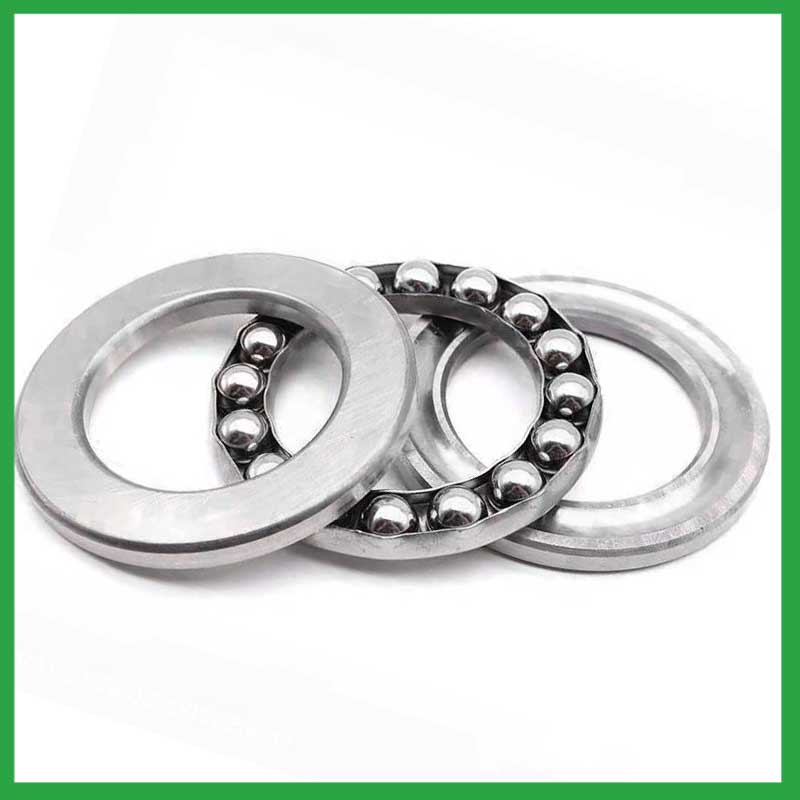
13.What are the considerations for choosing between open, shielded, or sealed ball bearing 607 in specific applications?
While sealed bearings offer superior protection and maintenance advantages, shielded ball bearing 607 can be more suitable in situations where minimal friction and operating temperature are crucial. It's essential to assess the operational environment and demands before making a selection.
14.What maintenance practices are recommended to extend the lifespan of ball bearing 607 and prevent premature failure?
Proper handling and installation of ball bearing 607 is essential to preventing premature failure. Ensure that bearings are stored and transported in a clean, dry, and vibration-free environment. During installation, ensure that bearings are properly aligned, and torque is applied correctly.
15.What are the advancements and innovations in ball bearing 607 technology that have emerged in recent years?
Significant advancements have been made in ball bearing 607 steels over the years. Modern, ultra-clean bearing steels contain fewer and smaller non-metallic particles, giving ball bearings greater resistance to contact fatigue.
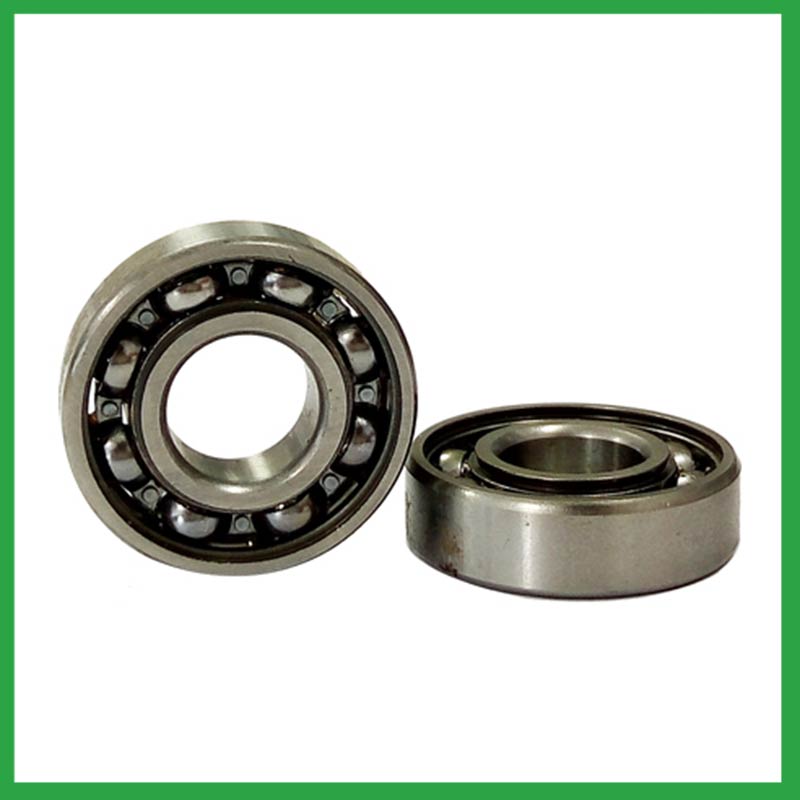
16.How do ball bearing 607 provide smooth and controlled motion in various mechanical systems, such as conveyor belts or automobiles?
In essence, ball bearing 607 operate on the principle that it's far more efficient to roll over surfaces than to slide, thereby significantly reducing friction and facilitating smooth movement of machinery parts.

